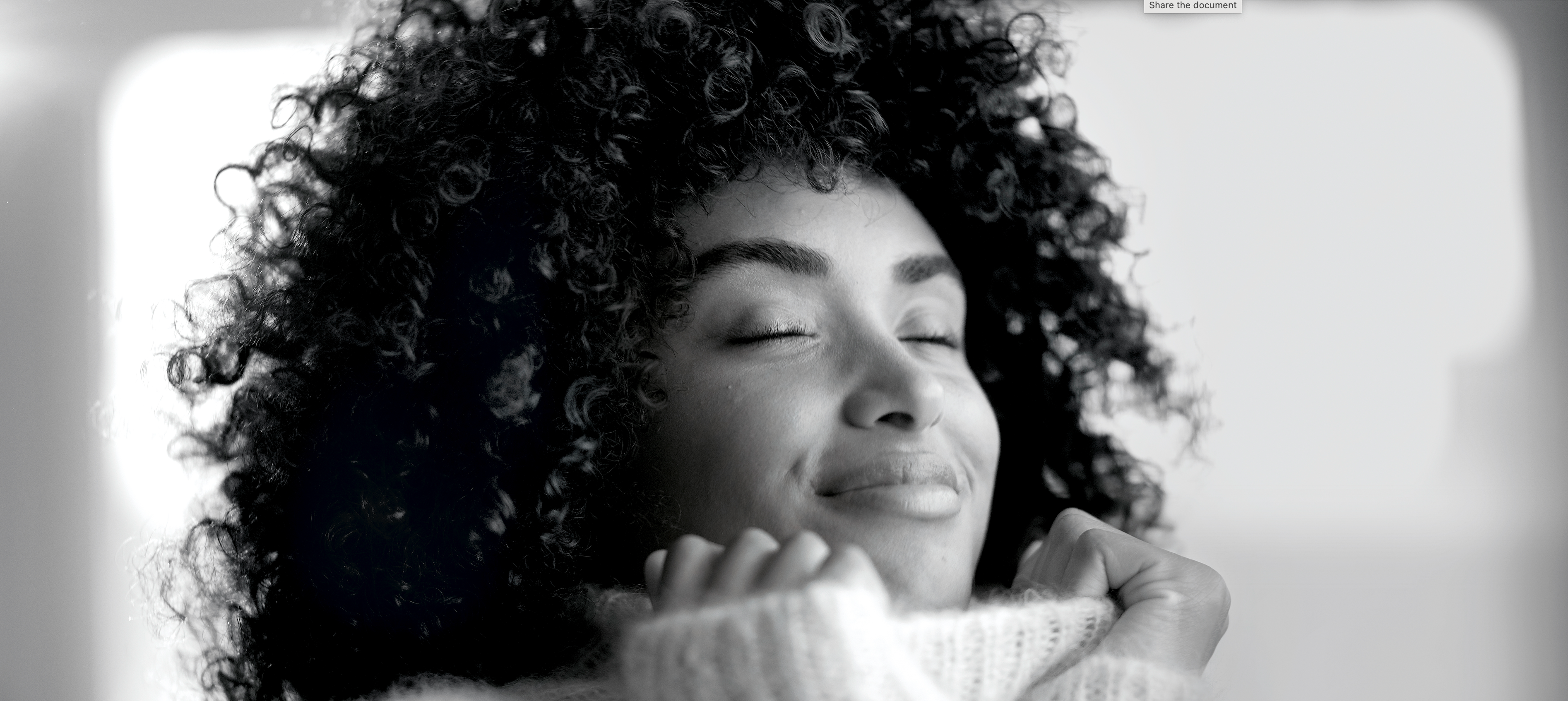Taking Aromatherapy Beyond Aromatics + Exploring the Science of Essential Oils
Aromatherapy has long been considered a lifestyle support, thanks to the typically pleasant aromas of essential oils. People have enjoyed and used essential oils for their aromatics via diffusion, cleaning, and personal care. This type of aromatherapy is often referred to as English Aromatherapy, where essential oils are chosen for their aroma and blended, resulting in new aromatic experiences. Most people living in the United States and many other areas in the world are familiar with this type of aromatherapy as it’s been the most common and most practiced here. There is, however, another option when it comes to the use of essential oils.
French Medical Aromatherapy
French, Medical, or Scientific Aromatherapy are terms that describe this alternate method of essential oils utilization. French Aromatherapy chooses oils based on their constituents, or chemical compounds, to then blend with other essential oils based on their constituents, resulting in a more complex therapeutic application. We’ve seen companies synthesize and extract these very compounds that occur naturally in plants. While synthesis and extraction may be convenient, it eliminates the entourage effect that comes from using a naturally occurring compound with its surrounding (co-existing) constituents. While primary constituents are crucial, their co-existing compounds can be just as vital. This is why using naturally derived plant medicine can be so beneficial for your health.
A Short History of Aromatherapy
Let’s briefly address the history of aromatherapy and some of the primary ways it has been utilized by people since our earliest recorded history. In 40,000 BCE Aboriginal people already had specific uses for aromatic plants, such as pulverizing leaves to mix with mud and clay for topical application and burning plant material to breathe in the smoke to support respiratory conditions. In 3,500 BCE the first written mention of phytotherapy happened in China, where archaeologist have found evidence of clay utensils whose use is assumed to be a variation of distillation. Not long after, we see regular use of plant aromatics in Egypt by doctors and embalmers. Ibn Sina (Avicenna) wrote more than 100 works on medicine as is credited with the invention of steam distillation in 1,000 CE.
As people traveled more and further for trade, plant medicine grew as new plants were introduced. In the 15thcentury, Apothecaries were called ‘Aromaterii’ due to the increased knowledge of ‘aromatherapy’ and the important role of aromatic plant medicine at that time. Finally, at the turn of the 17th century over 100 essential oils were being used to treat illness and symptoms. This continued until the 20th century with many oils and formulations included in the Pharmceutical Codex. This was the century where the term ‘Aromatherapy’ was implemented and stuck.
René Maurice Gattefossé was a chemist and researcher living in Lyon, France. After a lab explosion left his hand severely injured, he had the good sense to put it into a vessel containing lavender essential oil. Due to the rapid healing, lack of infection, and undetectable scar, Gattefossé began his aromatic journey and in 1937 wrote a book called Aromathérapie: Les Huiles essentielles hormones végétales (translated into English and now called Gattefossé’s Aromatherapy) that birthed the style of aromatherapy upon which Pranarōm functions: French Medical Aromatherapy.













